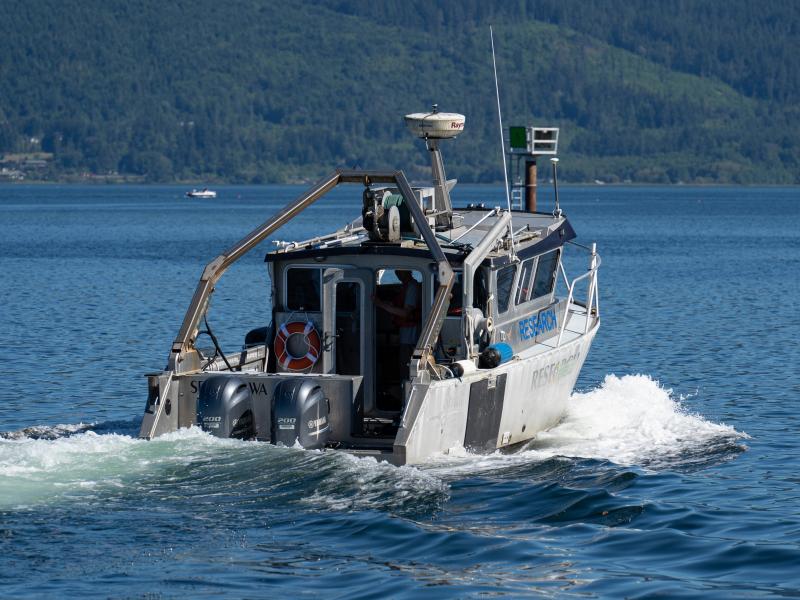
Anthropogenic Light in the Marine Environment
Human-introduced light is an essential aspect of the engineered marine environment. It provides navigational aids for transitory routes near artificial structures and other natural hazards, such as large reefs or rocks. However, anthropogenic light at night can disrupt the physiology and behaviors of wildlife in marine and coastal environments. With limited marine energy devices being tested or deployed in United States waters, there is minimal research on how light pollution may affect the marine life that cohabitates with these devices in larger array configurations.
In partnership with lighting experts at Solid State Lighting Services, Inc., Triton assessed relevant literature on the wildlife impacts from anthropogenic light in the marine environment from other maritime industries such as oil and gas platforms. The research focused on investigating lighting impacts on sensitive and indicator species, looked at relevant standards and requirements for marine lighting aids for navigation and safety, and categorized the intended function of types of marine lighting. This included a review of new lighting technology applications in terms of spectral power distribution (color), optical distribution, and intensity control to reduce impacts on local wildlife while also achieving necessary safety and navigation requirements. The review provided industry recommendations for practical strategies to mitigate the effects of anthropogenic light associated with marine energy systems.
Results from the anthropogenic light review are published here: Minimizing Ecological Impacts of Marine Energy Lighting

Researchers from Solid State Lighting Services, Inc. also traveled to Newport, Oregon, to assess light levels near the PacWave test site prior to testing deployments of wave energy devices. Measurements were taken from Driftwood Beach State Park, located southeast of the test site on a clear night, during a new moon using a custom, portable, and highly sensitive spectroradiometer. The results indicated that the site was naturally very dark in the absence of lighted buoys, fishing vessels, or other human activities on the water. These efforts helped demonstrate the ability to successfully collect lighting data in offshore habitats from nearby shoreline vantage points.

